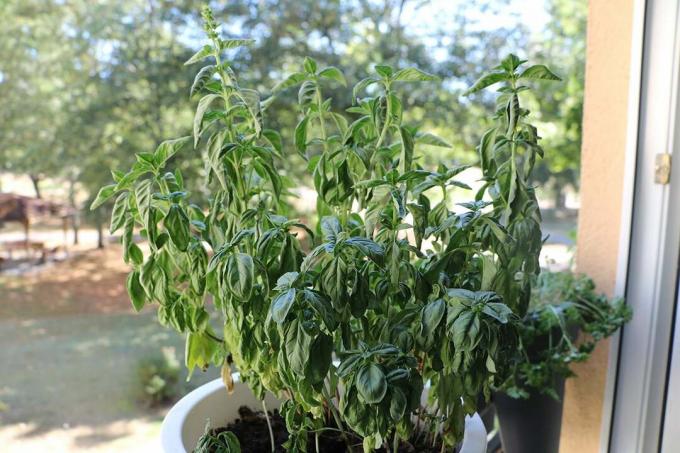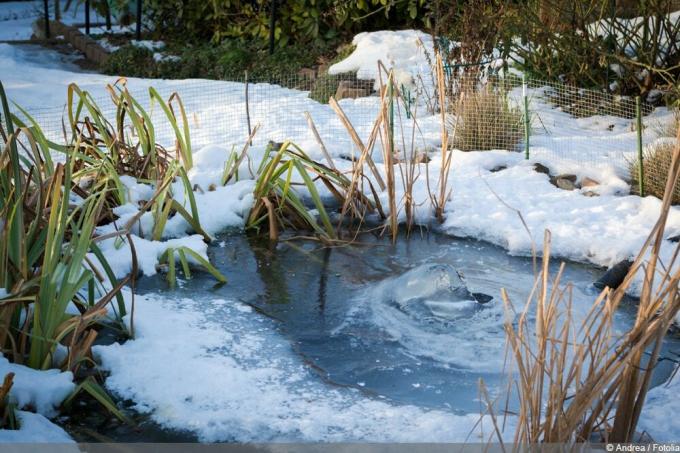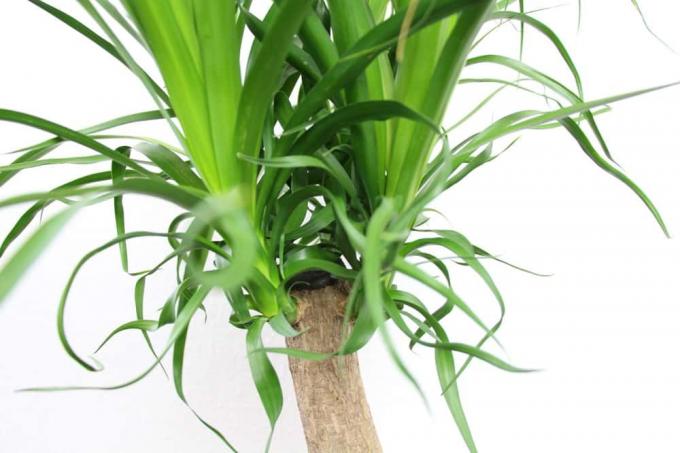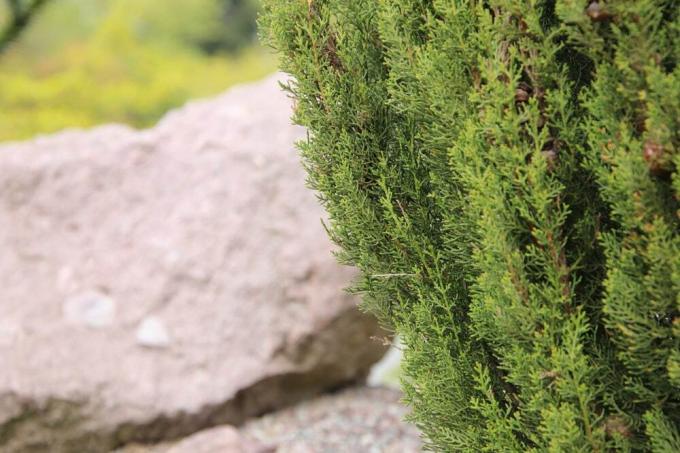

Table of contents
- Not a typical garden plant
- ideal temperatures
- Ideal location
- The right care
- After hibernation
The dragon tree loves the sun and likes it very warm all year round. He is not hardy and must necessarily be in the apartment to hibernate if he was outside in summer.
Not a typical garden plant
Dracaena, as the dragon tree is officially called, is actually not a typical garden plant for us. It is also rarely planted directly outdoors, but is more likely to be found in planters, which are usually on the terrace. He spends the summer there and mostly enjoys the sun. With the approaching end of summer, it is imperative that it be brought indoors, as it will not suffer from cold or cold temperatures. tolerate cool temperatures.
Tip:
If temperatures of a maximum of 15 degrees Celsius threaten in late summer, Dracaena should definitely be brought into the house and sent to hibernate there.
ideal temperatures
Almost all types of dragon tree feel most comfortable when the temperatures are consistently warm all year round. The ideal range is between 18 and 24 degrees Celsius. This also applies explicitly to the winter months.
Tip:
It is important to ensure that the temperature in the apartment does not fall below a limit of 18 degrees Celsius. Under no circumstances should it be cooler than 15 degrees Celsius, even at times.
Dracaena is very sensitive to low temperatures. This is usually very easy to recognize, as it then very quickly lets the leaves hang. There are also species of dragon trees that can withstand low temperatures of around ten degrees Celsius get along well, but these species tend to be the exceptions and certainly not the ones rule. As soon as a dragon tree lets its leaves hang in the apartment, action should be taken and the temperature increased. It applies in general: Old specimens, which have a particularly thick trunk, can cope surprisingly well even with low temperatures.
Ideal location
Of course, the perfect location for dracaena in the apartment is a window sill on a south-facing window. Even in winter, the plant should get as much sun as possible. However, it is important to ensure that the leaves do not get sunburned. In addition, the dragon tree should always be at a certain distance from the window pane and be able to unfold without its leaves touching the pane.

Sun is also very important for the plant during the winter, but it should only be exposed to it in moderation.
Tip:
The plant always aligns its growth in the direction of the sun. In order to be able to achieve growth that is as even as possible, it should therefore be rotated from time to time.
The right care
While not hardy, Dracaena does require care even during the winter months. The following activities in particular must be adapted to the changed conditions:
Fertilize
The dragon tree should not be fertilized at all during the hibernation. The nutrients in the soil are usually completely sufficient to supply the plant with sufficient nutrients.
Pour
However, the situation is different when it comes to casting. A regular water supply is very important for the plant, even in winter. However, it should always be watered very moderately. The best way to do this is to check the soil around the root area every day by hand:
- rub some soil between two fingers
- if it feels crumbly or dusty, it's time to water.
Tip:
The dragon tree only has to be watered when the soil around the roots has been drained or drained. has dried. Even then, it makes sense to give only moderate amounts of water.
After hibernation
When winter finally comes to an end, Dracaena can of course be brought outdoors again. It is important, however, that there is no longer a threat of night frosts. Normally, this should be the case from May. Since the plant is not hardy, it would not tolerate frost and die from it. The plant pots with the dragon trees should ideally be placed on a terrace. The location may
- have a lot of sun
- but should not stand in the blazing midday sun.
In addition, it must be somewhat sheltered from the wind so as not to endanger the plant.
Tip:
After the winter, the best way to get the dragon tree back to being outdoors is to place it on the patio for just a few hours each day.
 Home editorial office
Home editorial office
Learn more about overwintering plants

How much frost do horned violets tolerate?
Horned violets are a popular bedding plant that survives the winter. They are planted either in spring or in autumn and overwinter in the beds. They usually do without frost protection, which is why they are also often used as easy-care plants for graves.

Are asters hardy? 5 tips for wintering
The summer aster and the autumn aster not only differ in their flowering time. When winter arrives, another difference becomes apparent: one dies, the other survives the frost.

Overwintering basil: 7 tips for caring for it in winter
If you want to enjoy fresh basil in winter, you can overwinter it with a little skill. With these 7 tips you will definitely succeed!

Overwintering pond plants | Aquatic plants in winter
The garden pond is an important design element in the garden for many hobby gardeners. With the right pond plants, it draws everyone's attention. The numerous species differ in their appearance, their planting location on or in the pond and, last but not least, their winter hardiness.

Overwintering Yucca Palm - Is It Hardy?
Although yucca palms are indoor plants, they like to be outdoors in the summer. However, most species are not hardy. It is necessary to winter them indoors. You can find out how to do this here.

Is the cypress hardy? | 5 tips for wintering
The cypress can be a decorative addition to the garden and can also be used as a privacy screen. In order to overwinter them properly, however, a few points must be observed. Because the Mediterranean plants are only hardy under the right conditions.
